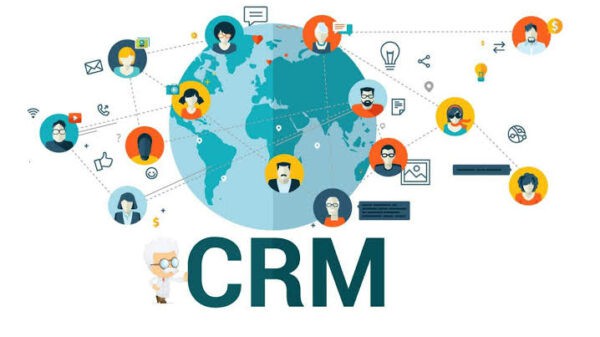Making payments securely is one thing that tends to worry us very much and with the growth of connected technology in the loT, the options for payments are expanding exponentially. Payments are now getting made without a card being present and with its growth comes the challenge of verifying the consumers’ identity as well as the authenticity of the transaction. Also, blocking certain channels of payments has brought about losses for merchants, as they prevent frauds while making transactions possible for legitimate customers. This is where the 3D Secure 2.0 proves useful.
What 3DSecure Was Initially Meant to Be
To begin with, this form of verification has been in existence for a long time as an added level of security where transactions do not have a card present. Basically, it is a mechanism for sending messages between the varied domains involved in such transactions and in-between payment processing networks. It was initially meant to increase confidence in transactions online although the initial version caused false positives and friction, thus causing purchase abandonments.
Most merchants wish to facilitate genuine transactions and avoid fraud passing through. This has certain shortcomings but the new version of the secure protocol addresses it by allowing for real-time sharing of information. The newer version lets merchants share a large number of transaction details with the issuer thus streamlining business processes. Biometric and token-based authentications have eliminated the need for signing up and customers don’t need to keep static passwords. As such, customers will abandon transactions less, therefore, leading to a frictionless experience for the customers. The newer 3D secure protocol has brought upgrades like the MPI plugin which lets the issuer approve transactions through a risk-based authentication mechanism.
Benefits of 3D Secure 2.0
Risk-based authentication, in addition, also provides merchants a lot more control, thus determining the end result of a transaction. It also allows for them to share high quantities of rich information with the issuer who has plenty of data and is in a position to vouch for cardholders. Marrying both data sources with the merchant’s ability to share data and details with issuers gives the merchants increased leverage than the previous 3DS version could have afforded. In the event of chargebacks and disputes, the merchant is safe as liability is shifted to the issuer thus making it risk-free. Newer versions have added benefits such as extra security and a better experience for customers with stronger authentication, a more enjoyable customer experience, support for different kinds of devices, multiple browser support as well as authentication protocols.
The main point here is that 3D Secure 2.0 protocol provides both the merchant and the issuer with rich authentication mechanisms that are backed with data and though using this information, derive the context of customer situation to make intelligent decisions for authentication. As such, it benefits all the parties and the legitimate cardholder to make seamless purchases as well as preventing fraud without inhibiting legitimate sales when criminals get too cunny. It also results in greater revenue, lower costs of operations and a drop in fraud-related losses. In summation, they are able to stop fraud without losing authentic customers. Another important note is that the in-built multi-factor authentication of the new version of 3D secure brands it a powerful verification step in the European market that works as per the new Payments Service Directive and is approved for all transactions. Not enabling multi-factor authentication makes a merchant responsible in cases of fraud which makes 3D Secure 2.0 an excellent solution to assist merchants to eliminate liability.
What we already know about future plans
An early adoption of the technology has already begun with payment protocols expected to be upgraded by April 2019. The general impact will be lesser fraud and cart abandonment for merchants and improved, frictionless payments for customers.
























































































































































































